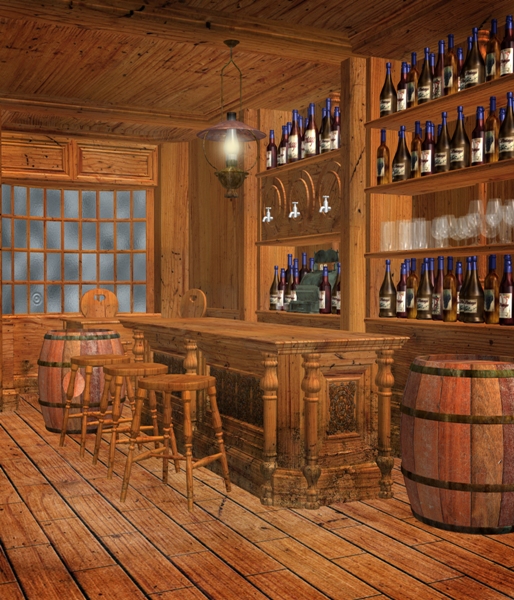
Adapting Other Works to Your Games
By Tyler Omichinski
In a recent gaming session I was playing in, we came upon a pretty major hint that what we were dealing with was something otherworldly. For the readers reference, we were playing World of Darkness with some decidedly Call of Cthulhu flavor. The reveal of the hint, however, was enough for me to figure out what the big bad for our campaign was. It was based on a short story from Tales of Cthulhu, a book I highly recommend picking up, and I thought I had things pretty much figured out. This is a problem that happens with many RPGs; multiple people around the table are such enthusiasts that they are all familiar with the matter. It is remarkably easy for an enthusiast to consume the materials that are put out by major companies. I suspect that this is a contributing factor to Dungeons and Dragons continued success; it is easier to buy another Monster Manual than to stat out new bad guys to surprise your players with something.
Things, for me, ended up switched though. A mystery involving wendigo, something decidedly not in the original interpretation, resulted in my preconceptions being thrown out the window. When writing a scenario for your group, do everything you can to remix and change-up the baddie. Change the motivations, tweak the description, or even just change the flavour text for what a particular ability looks like. These all serve to redirect what your players are expecting. An alternative is to put your most dastardly thoughts to work and think about how you would take advantage of a particular creature’s abilities if you were a truly malicious being. An example of this that I am particularly proud of is a shoggoth that I had moving through a series of pipes only to reach out and grab unwary players. A creature that is normally a rampaging ball of destruction instead became a stealthy and clever hunter. The why of this can then become a plot hook for an entire scenario.
This kind of remix, however, can be difficult. It can require time and planning that might not be available for the average pick-up game. The much easier solution is to reskin your monsters. Make your goblins into kobolds, give the brute at the bar the stats of a troll, you get the idea. The basic concept is to keep your players guessing and having fun. Knowing what they are going up against sabotages their interest in the game as an RPG, instead turning it more into a war game.
Relying solely on the hope that your players have not read what you have is not always the best choice for keeping your players on their toes. Take the opportunity to stretch your creative muscles and try to experiment with things. At the very least, weld together two different stories and put yourself in the antagonist’s shoes/clawed feet/whatever. Figure out how the two creatures/characters would interact and react to each other. Would they collaborate, would they be at war, would they even be able to comprehend each other? Spin off from there as even the most basic interactions between multiple villains can provide ample fodder for your RPG games.
